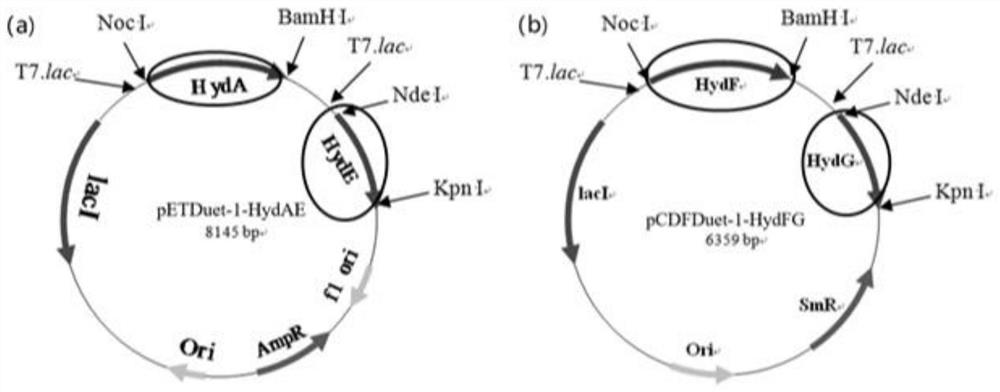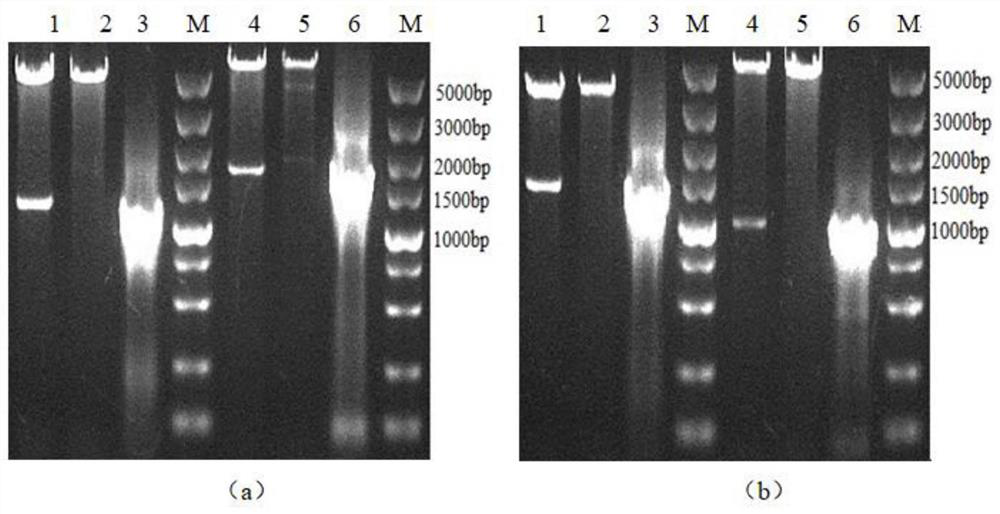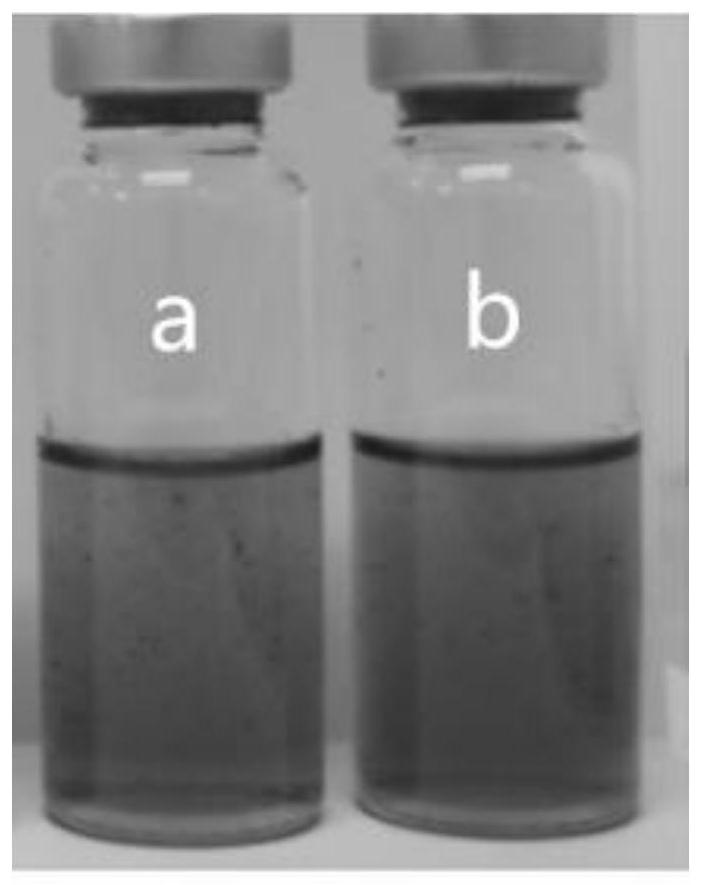Method for reducing graphene oxide by utilizing microbial fermentation liquor
A microbial fermentation broth, graphene technology, applied in graphene, nano-carbon and other directions, can solve the problems of limited source of raw materials, complicated operation, high cost and so on
- Summary
- Abstract
- Description
- Claims
- Application Information
AI Technical Summary
Problems solved by technology
Method used
Image
Examples
Embodiment 1
[0028] Example 1: Construction of recombinant plasmids for heterologous expression of [FeFe] hydrogenase:
[0029] (1) Preparation of hydrogenase (HydA) and related mature enzymes (HydE, HydF, HydG):
[0030] First, with Clostridium acetobutylicum The NBRC 13948 genome (accession number: NC_003030.1) was used as a template, and hydrogenase (HydA) and its related mature enzymes (HydE, HydF, HydG) were amplified by high-fidelity PCR. The nucleotide sequences of hydrogenase (HydA) and its related mature enzymes (HydE, HydF, HydG) are shown in SEQ ID NO: 1-4, and the specific conditions of primer sequence, restriction site, annealing temperature and extension time are shown in the table 1 shows:
[0031] Table 1. PCR amplification primer sequences and reaction conditions
[0032]
[0033] (2) Construction of recombinant plasmid pETDuet-1-HydAE:
[0034] The pETDuet-1 plasmid (from Novagen) and the HydE gene fragment were simultaneously digested with Nde I and Kpn I sites,...
Embodiment 2
[0041] Example 2: Heterologous Expression of [FeFe] Hydrogenase E. coli Construction and Expression Confirmation of BL21(DE3)
[0042] (1) Construction method:
[0043] The recombinant plasmids pETDuet-1-HydAE and pCDFDuet-1-HydFG were simultaneously transferred into E. coli BL21 (DE3) competent (purchased from Sangon Bioengineering (Shanghai) Co., Ltd.), and spread evenly on LB plates containing 40 μg / mL streptomycin and 100 μg / mL ampicillin, after overnight incubation at 37 ℃ , to pick a single clone E. coli BL21(DE3)-HydAEFG culture.
[0044] (2) Heterologous expression of [FeFe] hydrogenase:
[0045] The recombinant strain was inoculated in 10 mL LB medium (containing 40 μg / mL streptomycin and 100 μg / mL ampicillin), and cultured overnight in a constant temperature shaker at 37 °C with a rotation speed of 200 rpm. Inoculate the overnight cultured bacterial solution into 200 mL LB liquid medium (add 100 mM 3-morpholine propanesulfonic acid (MOPS) solution, adjust ...
Embodiment 3
[0050] Embodiment 3: the method for reducing graphene oxide by microbial fermentation broth expressing hydrogenase heterologously
[0051] Get the fermented bacterium liquid anaerobic centrifugation of embodiment 2 and get the supernatant, under anaerobic condition, through 0.22 mu The m water system filter membrane is filtered and sterilized to obtain a sterile anaerobic fermentation broth. Add GO with a final concentration of 0.1-2 mg / mL and hydrogen with a final concentration of 0.1-50% to the fermentation broth, and carry out constant temperature shaking culture. The conditions are controlled at a temperature of 4-50 °C and a shaker speed of 100-250 rpm , The incubation time is 4-36 h, and GO is slowly reduced to rGO. Macro photo before reaction as image 3 As shown, both a and b show the light yellow transparent color of GO. The macroscopic photo after the reaction is as Figure 4 Shown: the fermented liquid in a changes from light yellow to yellowish brown without p...
PUM
 Login to View More
Login to View More Abstract
Description
Claims
Application Information
 Login to View More
Login to View More - R&D
- Intellectual Property
- Life Sciences
- Materials
- Tech Scout
- Unparalleled Data Quality
- Higher Quality Content
- 60% Fewer Hallucinations
Browse by: Latest US Patents, China's latest patents, Technical Efficacy Thesaurus, Application Domain, Technology Topic, Popular Technical Reports.
© 2025 PatSnap. All rights reserved.Legal|Privacy policy|Modern Slavery Act Transparency Statement|Sitemap|About US| Contact US: help@patsnap.com



